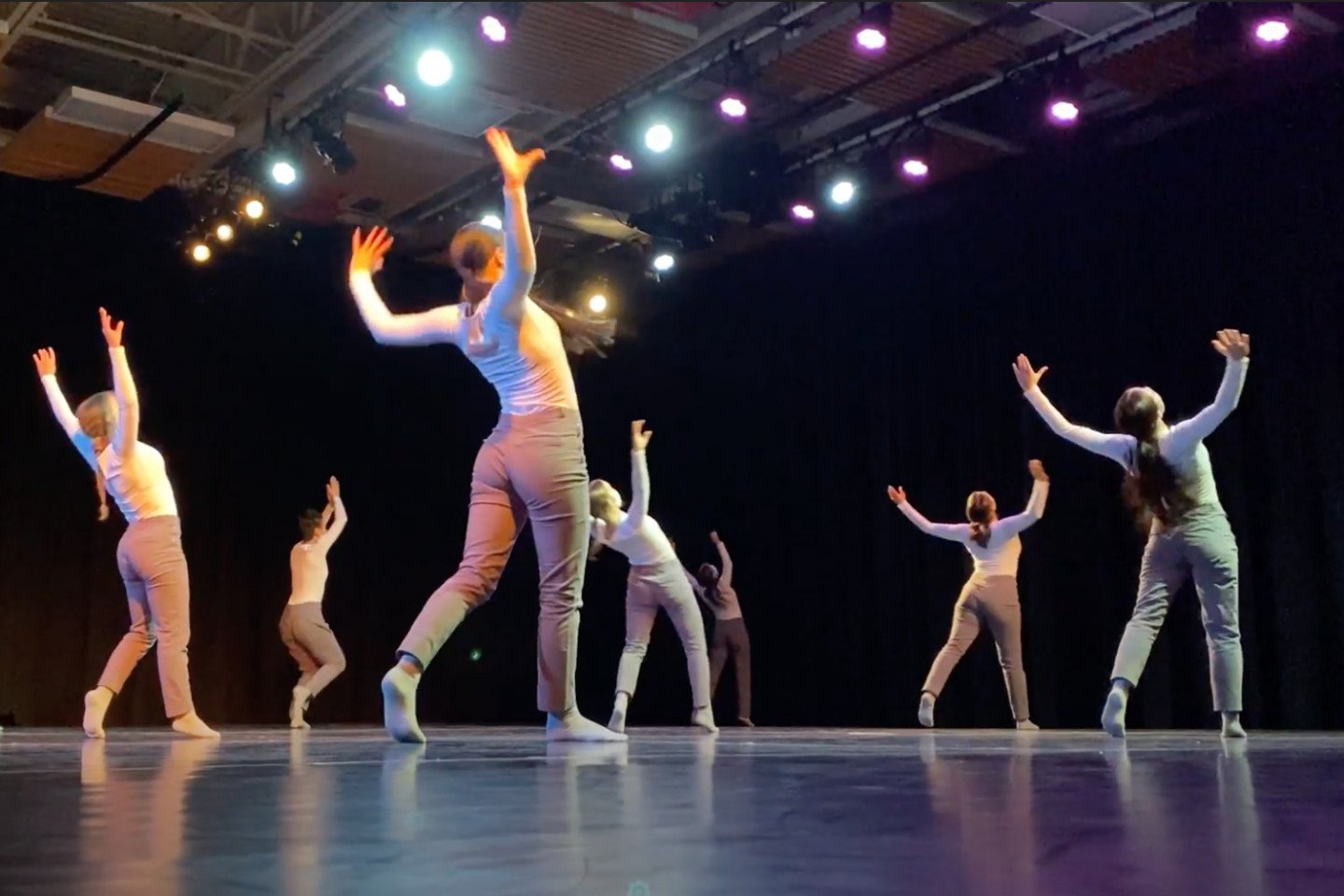Exploring the Role of Dance in Entertainment
Dance holds a pivotal role in the realm of entertainment, influencing cultures worldwide through its expressive movements and storytelling capabilities. From traditional folk dances to contemporary choreography in music videos and stage performances, dance enriches entertainment in diverse ways.

Cultural Significance and Diversity
Dance serves as a cultural touchstone, preserving traditions and celebrating diversity. Across different regions and communities, traditional dances reflect histories, rituals, and values, offering insights into cultural identities. In entertainment, these dances provide authenticity and a sense of connection to audiences worldwide.
Artistry and Expression
At its core, dance is a powerful form of expression. Choreographers and dancers use movement to convey emotions, narratives, and themes. Whether in ballet’s graceful lines, hip-hop’s energetic beats, or salsa’s vibrant rhythms, dance captivates audiences through its artistry and ability to evoke profound feelings.
Integration with Music and Visual Arts
Dance seamlessly integrates with music and visual arts, creating multisensory experiences. Music videos, stage performances, and film choreography leverage dance to enhance storytelling and amplify emotional impact. The synchronization of music and movement in entertainment productions underscores dance’s role as a dynamic storytelling tool.
Evolution in Entertainment Media
In the digital age, dance has expanded its presence across various entertainment media. Reality dance competitions showcase talent and creativity while engaging global audiences. Social media platforms amplify dance trends, fostering viral challenges and communities of dance enthusiasts worldwide.
Educational and Therapeutic Benefits
Beyond entertainment, dance offers educational and therapeutic benefits. Dance education promotes physical fitness, discipline, and teamwork among students of all ages. Therapeutically, dance serves as a form of expression and rehabilitation, benefiting individuals’ mental and emotional well-being.
Challenges and Innovations
Despite its popularity, dance faces challenges such as funding for artistic programs and the need for cultural preservation. Innovations in technology, however, have expanded creative possibilities, enabling virtual dance performances, motion capture for animation, and interactive dance experiences.
Conclusion
In conclusion, dance’s role in entertainment spans centuries and continents, enriching cultures, inspiring creativity, and uniting communities globally. As an art form deeply rooted in expression and storytelling, dance continues to evolve and shape the landscape of entertainment across diverse platforms and audiences.



